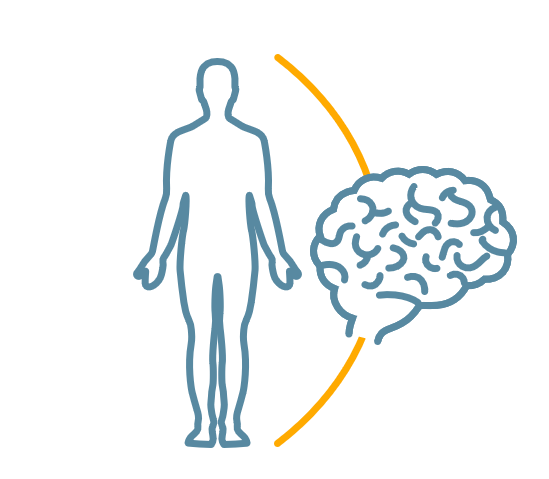Our Science
We are developing first- and best-in-class oral therapeutics for KCC2, a currently undrugged but highly validated CNS-specific target that can restore balance to disinhibited brain circuits to treat neurological disorders without disabling side effects.
Our Approach
Despite progress in the number of approved medicines for epilepsies, psychiatry and other excitation/inhibition (E/I) imbalance CNS disorders in recent decades, a significant proportion of patients remain drug-resistant or cannot tolerate the disabling side effects of these first-line medications. Current marketed drugs typically have overlapping mechanisms that target ion channels to globally suppress brain activity. Alternatively, by fine-tuning ionic homeostasis and physiological inhibition within the CNS, Axonis’ therapeutics have superior tolerability and can address this urgent, unmet need by converting patients from drug-resistant to drug-sensitive, and in the process will improve quality of life for people with chronic neurological conditions.
We are building a portfolio of first- and best-in-class oral small molecule medicines that utilize a novel and differentiated mechanism of action to restore E/I balance in the CNS with the goal of making a meaningful impact to patient lives.
UNIQUE DISCOVERIES FROM IN VIVO TARGET SCREENING IN CNS MODELS
A diverse variety of neuron subtypes interact in complex wiring circuits, execute functions that are region-specific, and closely interact with other cell types and organ systems (e.g., immune system), but these features are difficult to recapitulate in vitro. Leveraging the maturity and diversity of the fully-differentiated adult central nervous system, our therapeutic targets were identified and validated through unbiased in vivo phenotypic screening in animal models of neurological disorders. Potassium-chloride co-transporter 2 (“KCC2”) was identified as the most potent therapeutic target for restoring E/I balance, treating CNS disinhibition and rescuing neurological functions.
Advantages of screening targets in vivo:

Neurons have complex wiring systems

Region specific functions

